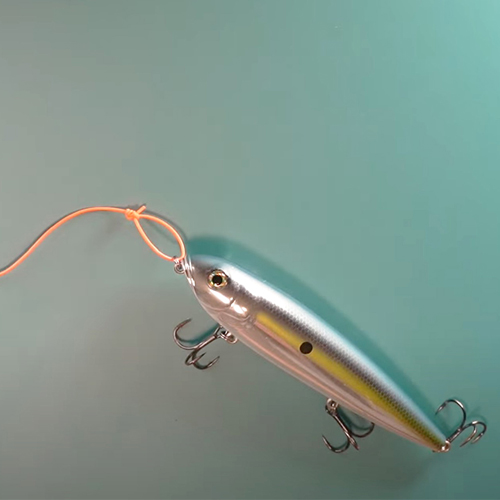How to Release a Fish
When releasing fish, there are conservation-minded steps to be followed to help ensure higher survival rates for your catches. These practices contribute to sustainable fishing efforts.
Learning how to fish involves more than catching and storing fish. At some point, all anglers will be faced with the need to return fish they are not allowed to keep to the water, due to size, season, creel limits, or local catch-and-release fishing regulations.
Mastering the task of fish release by following the steps in this section will give you confidence that you know how to release fish in a way to protect fish populations for future generations of anglers.
How to Release a Fish: Steps
You might be asking yourself, "What’s the best way to handle fish to ensure they survive release?" Whether or not they do largely depends on the angler. Learning how to release fish from a hook takes practice in general. Understanding how to handle fish and how to release fish in a conservation-friendly manner are the first few steps you can take to help promote fishing conservation.
- Use wet hands when handling a fish or a knotless rubberized landing nets (and rubberized - not cotton- gloves if you must wear gloves). This helps maintain the slime coat on the fish, which protects it from infection and aids in swimming. Anglers that know how to practice proper catch and release never use a towel of any kind when handling fish since a towel can remove this slime coat.
- Hold the fish horizontally whenever possible since this is the way fish naturally swim through the water. Do not drop the fish onto hard surfaces!
- Keep your fingers away from the gills and eyes of the fish.
- If needed, use a release tool (dehookers, recompression tools) to minimize handling.
- Time is of the essence! Release fish as soon as practical and do not keep them out of the water longer than necessary. Try to release your fish gently head first into the water, which helps push water through the mouth and over the gills, and helps to resuscitate the fish. Revive exhausted fish by placing the fish in the water, facing the current if possible, with one hand underneath the belly and the other hand holding the bottom lip or tail.
- Know the current fishing regulations that apply to the state where you are fishing and learn how to accurately measure fish in order to abide by the regulations. By following fishing regulations you are building and conserving our state fish populations for future generations of anglers.
Keep up with your current state regulations by learning to properly measure your fish. Watch how Capt. Diego Toiran properly catches and releases a fish.
KEEP LEARNING

How to Tie the Non-Slip Loop Knot
The non-slip loop knot is a popular and reliable choice for securing hooks, lures, and other tackle to your fishing line.
LEARN MORE

Socials
Take me fishing social media links
LEARN MORE

TakeMeFishing x Teen Vogue
Join us on a creative journey as fashion designer Ahmrii Johnson walks us through her collaborative vision and process with Teen Vogue and fashion brand, Rentrayage, to create a special piece.
LEARN MORE


.png?lang=en-US&ext=.png)